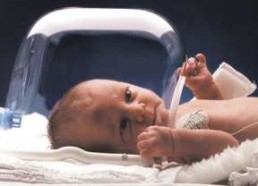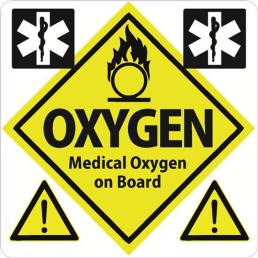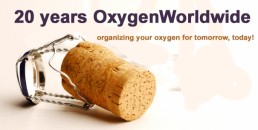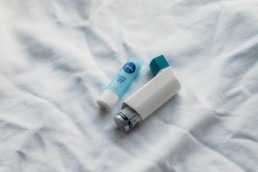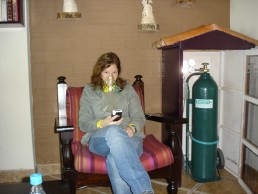Luckily not all traveling babies require these...

Hoods provide the perfect wear for babies Babies with heart or lung problems may need to breathe increased amounts of oxygen to get normal levels of oxygen in their blood.
There are several different ways to deliver oxygen to a baby. Which method is used depends on how much oxygen is needed and whether the baby needs a breathing machine. An oxygen hood is used for babies who can breathe on their own but still need extra oxygen.
A hood is a plastic dome or box with warm, moist oxygen inside. The hood is placed over the baby's head. Too much or too little oxygen can be harmful. If the cells in the body get too little oxygen, energy production decreases. With too little energy, cells may not work well and may die. Too much oxygen can also cause injury.
Breathing too much oxygen can damage the lung. Under certain conditions, too much oxygen in the blood may also lead to problems in the brain and eye. Babies with certain heart conditions may also need lower levels of oxygen in the blood.
Your baby’s doctors and nurses will try to balance how much oxygen your baby needs. These hoods provide babies and young infants with the perfect medical solution to get the right amount of oxygen in these early stages of life and how important oxygen is in the development at the right levels saving life.
Crystal takes over POC's
Being able to breathe underwater has long been a fascination for mankind, but the bulky oxygen tanks and face masks take some of the romance out of it.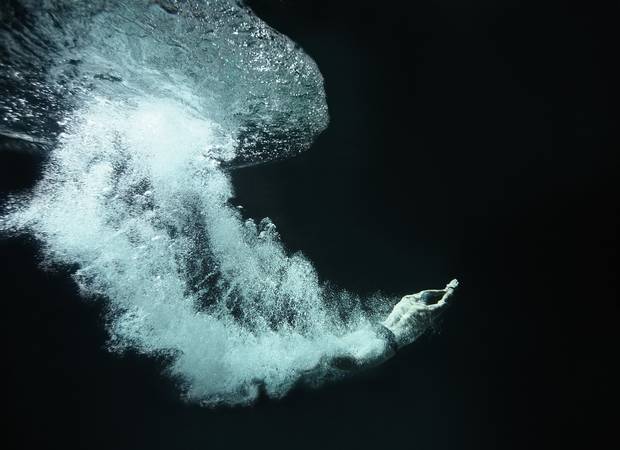
They could soon no longer be needed however, thanks to the creation of the "Aquaman Crystal", or to use its proper name, "[{(bpbp)Co2II(NO3)}2(NH2bdc)](NO3)2 * 2H2O".
Just a spoonful of the crystal can absorb all the oxygen from a room.
The material is able to store the gas at a much higher concentration than oxygen tanks, meaning it would be far smaller and lighter to carry, and can slowly release oxygen when put under a small amount of heat.
Professor Christine McKenzie said the crystal could be valuable for lung cancer patients who must carry heavy tanks around with them, but "also divers may one day be able to leave the oxygen tanks at home and instead get oxygen from this material as it 'filters' and concentrates oxygen from surrounding air or water."
"A few grains contain enough oxygen for one breath, and as the material can absorb oxygen from the water around the diver and supply the diver with it, the diver will not need to bring more than these few grains," she added.
"When the substance is saturated with oxygen, it can be compared to an oxygen tank containing pure oxygen under pressure - the difference is that this material can hold three times as much oxygen."
The "Aquaman Crystal" is sponge-like in consistency and uses cobalt bound in an organic molecule, getting its nickname from the DC comic book character that can swim underwater.
"Cobalt gives the new material precisely the molecular and electronic structure that enables it to absorb oxygen from its surroundings," McKenzie said. "Small amounts of metals are essential for the absorption of oxygen, so actually it is not entirely surprising to see this effect in our new material."
Scientists are now looking at whether the release of oxygen can be triggered by light, though at this stage the crystal is difficult to synthesize in large amounts due to its complex chemical formula.
Update: A representative for Syddansk University has issued a revised estimate of the compound's efficiency. They told Vice in a statement: "I am just updating our story on our website, because it turns out that Prf McKenzie made a calculation error. Pls note that it is not a SPOONFUL of this stuff, that we need to rid a room of oxygen. It is a bucket (10 litres). We apologize."
The material can however draw oxygen from water just as easily as from air, so it remains an interesting proposition for the future of underwater diving
------------------------------------------------------
Ref The Independent,
Friday 03 October 2014
COPD & why you should switch to Portable Oxygen Therapy
Oxygen and Travel – we have it covered
Travelling with oxygen has become much easier with the development of portable oxygen concentrators (POCs). These devices run on a battery pack, can be recharged, plugged into the wall or a cigarette lighter in a car, and can be taken on airplanes.
There are several makes and models, with widely differing features, so it is important to choose the one that is best for you, that delivers enough oxygen to keep your saturation 90 percent or greater at rest and with activity.
Some tips for air travel with POC's:
· Start making arrangements with the airline well ahead of time to find out which POC is allowed. Many airlines list accepted manufacturers and brands on their websites.
· Allow plenty of extra time for check-in.
· Carry several extra battery packs. FAA regulations require enough battery time to cover 150 percent of the flight time.
· POC's and battery packs can be rented.
· Carry an extra three-way plug for recharging your POC in the airport. People often need to recharge their electronic equipment in the airport during layovers, and this will help assure that you will be able to recharge yours.
· POC's are exempt from the carry-on allowance.
· Carry a prescription for oxygen, signed by your doctor.
For more information about oxygen supply whilst on holiday please enquire now at www.oxygenworldwide.com and register for our SOS back up service.
Safe Oxygen Solutions
Medical oxygen adds a higher percentage of oxygen to the air a patient uses to breathe. And fire needs oxygen to burn and if a fire should start in an oxygen-enriched area, the material burning will burn more quickly.
When more oxygen is present, any fire that starts will burn hotter and faster than usual, it is crucial to follow safety precautions when medical oxygen is in use in a home.
Oxygen saturates fabric-covered furniture, clothing, hair and bedding, making it easier for a fire to start and spread, according to the regulator. Smoking is the leading heat source resulting in medical oxygen-related fires, injuries and deaths. Homes where medical oxygen is used need specific fire safety rules to protect people from fire and burns.
Simple, safety tips:
• There is no safe way to smoke in the home when oxygen is in use. Patients on oxygen should not smoke.
• Candles, matches, wood stoves and even sparking toys can be ignition sources and should not be used in the home.
• Keep oxygen cylinders at least five feet from heat sources, open flames or electrical devices.
• Body oil, hand lotion and items containing oil and grease can easily ignite. Keep oil and grease away from where oxygen is in use.
• Never use aerosol sprays containing combustible materials near the oxygen.
• Post “No Smoking” and “No Open Flames” signs in and outside the home to remind people not to smoke.
• Ensure smoke alarms are working by testing monthly. Daylight saving time weekends are great times to replace smoke alarm batteries. Also consider using 10-year batteries for smoke alarms.
• Practice a home fire escape plan with two ways out of every room at least twice a year.
Stay safe with OxygenWorldwide and our care team – register your portable oxygen concentrator with us today at info@oxygenworldwide.com
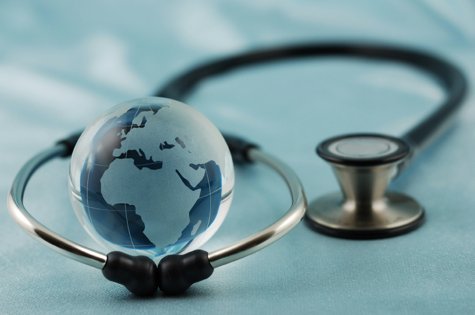
Traveling with oxygen - you are in good hands
Needing medical oxygen in your life is not the end of getting around, travel, seeing the world or having fantastic vacations to the city breaks in Europe, long haul to live the dream (for 2 weeks at least) in the U. S of A. Wherever you decide to fly to and visit all you need is careful planning and Oxygen Worldwide.
Travelling as an oxygen user dependent on a source of oxygen, means that you will probably have lots of questions when thinking about going abroad – or you may never thought you could. Luckily, Oxygen Worldwide can help, advise and guide you to all those answers when it comes to travelling with oxygen, who deal with organising travel with oxygen 365 days of the year.
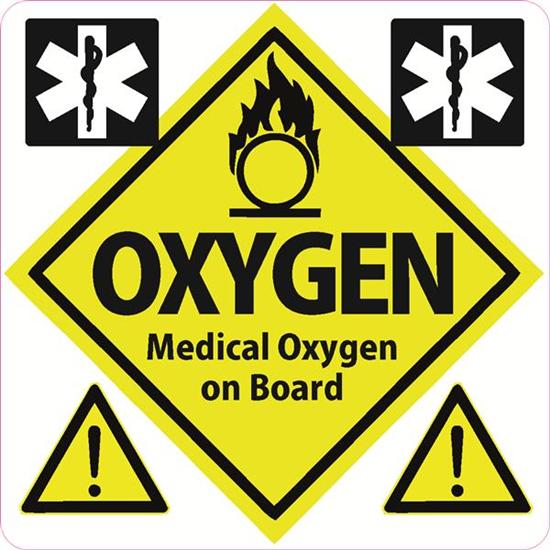
But who are we?
Below is a short introduction to our company, the team and what we do and our speciality is due to our knowledge, success and partnership relationships with a network of suppliers across the globe.
- Oxygen Worldwide is a company under Dutch management established in 1993.
- Oxygen Worldwide is based in Spain and operates internationally.
- Our objective is to make travel for those who need oxygen as carefree as possible.
- All Oxygen Worldwide employees are multilingual. Our customer service staff speaks four languages.
- Oxygen Worldwide arranges oxygen delivery worldwide for oxygen users on holiday or staying abroad for a longer period of time, also in case of a tour through several countries.
- Oxygen Worldwide arranges oxygen for individual users, insurance agencies, emergency centres and oxygen suppliers in your home country. Oxygen Worldwide delivers liquid oxygen (LOX), cylinders and concentrators.
- Oxygen Worldwide has an international network of oxygen suppliers and works with associates worldwide.
If you have any question or would like to speak with us do not hesitate to contact our team at info@oxygenworldwide.com
One day we will provide our clients with some 'grains' opposed to a POC to travel with.
Just a few grains of the newly synthesized material could allow us to stay underwater without scuba tanks
Using specially synthesized crystalline materials, scientists from the University of Southern Denmark have created a substance that is able to absorb and store oxygen in such high concentrations that just one bucketful is enough to remove all of the oxygen in a room. The substance is also able to release the stored oxygen in a controlled manner when it is needed, so just a few grains could replace the need for divers to carry bulky scuba tanks.
The key component of the new material is the element cobalt, which is bound in a specially designed organic molecule. In standard form – and depending on the available oxygen content, the ambient temperature, and the barometric pressure – the absorption of oxygen by the material from its surroundings may take anything from seconds to days.
"An important aspect of this new material is that it does not react irreversibly with oxygen – even though it absorbs oxygen in a so-called selective chemisorptive process," said Professor Christine McKenzie from the University of Southern Denmark. "The material is both a sensor, and a container for oxygen – we can use it to bind, store, and transport oxygen – like a solid artificial hemoglobin."

Varying the constituent structure of the material can also bind and release oxygen at different rates. This means it could be used to regulate oxygen supply in fuel cells or create devices like face masks that use layers of the material to provide pure oxygen to a person directly from the air, without the need of other equipment.
Even more interestingly, the material may also be configured in a device that could absorb oxygen directly from water and allow a diver to stay submerged for long periods of time, without the need for bulky air tanks.
"This could be valuable for lung patients who today must carry heavy oxygen tanks with them," explains Professor McKenzie. "But also divers may one day be able to leave the oxygen tanks at home and instead get oxygen from this material as it 'filters' and concentrates oxygen from surrounding air or water. A few grains contain enough oxygen for one breath, and as the material can absorb oxygen from the water around the diver and supply the diver with it, the diver will not need to bring more than these few grains."
Using x-ray diffraction techniques to peer inside the atomic arrangement of the material when it had been filled with oxygen, the scientists realized that once the oxygen has been absorbed it can be stored in the material until it is released by heating the material gently or subjecting it to a vacuum.
"We see release of oxygen when we heat up the material, and we have also seen it when we apply vacuum," said Professor McKenzie. "We are now wondering if light can also be used as a trigger for the material to release oxygen – this has prospects in the growing field of artificial photosynthesis."
There's no word as yet on any possible commercial production or public availability of the material.
The research was published in the journal of the Royal Society of Chemistry, Chemical Science.
Source: University of Southern Denmark.
What we do at OxygenWorldwide
OxygenWorldwide (What We Do)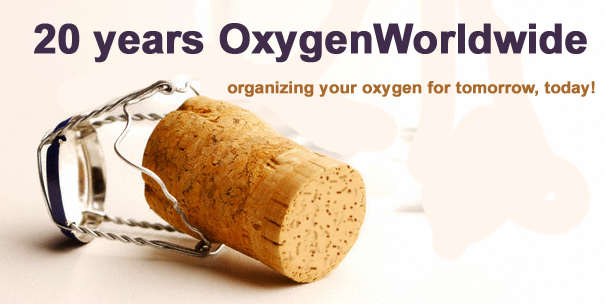 |
| OxygenWorldwide is a company under Dutch management established in 1993. OxygenWorldwide is based in Spain and operates internationally. Our objective is to make travel for those who need oxygen as carefree as possible. All OxygenWorldwide employees are multilingual. Our customer service staff speaks five languages. OxygenWorldwide arranges oxygen delivery worldwide for oxygen users on holiday or staying abroad for a longer period of time, also in case of a tour through several countries. OxygenWorldwide arranges oxygen at airports until the moment you board the plane and from the moment you deplane*. OxygenWorldwide arranges oxygen at home after hospital discharge. OxygenWorldwide arranges oxygen for individual users, insurance agencies, emergency centres and oxygen suppliers in your home country. OxygenWorldwide delivers liquid oxygen (LOX), cylinders and (portable) concentrators. OxygenWorldwide has an international network of oxygen suppliers and works with associates worldwide. OxygenWorldwide can assist you in English, Spanish, German, French and Dutch. * Available in certain countries only. If you have any questions, please do not hesitate to contact us |
Oxygen treatment for acute severe asthma Home oxygenation would be more effective
Yes. Oxygen can be a lifesaving treatment for people with severe asthma.
Some research has shown it's best not to breathe in pure (100 percent) oxygen when you have severe asthma. Breathing in a lower concentration than 100 percent oxygen works better.
How can it help?
Breathing in extra oxygen through a mask helps get oxygen into your bloodstream while you're recovering from your asthma.
One study has found that you'll be able to breathe better if you don't breathe 100 percent oxygen in the A&E department, but breathe a lower concentration.
How does it work?
Every cell in your body needs oxygen to work properly. If you don't get enough oxygen, you'll pass out eventually and you may die.
If your asthma gets very bad, you'll find it hard to breathe. So you won't get much air into your lungs. And your body won't get the oxygen it needs.
So breathing in extra oxygen should help get enough oxygen into your bloodstream and around your body.
But oxygen is unlikely to harm you. It could save your life.
Medical Oxygen
Oxygen was known to be the only element that supports respiration as early as 1800 and was first used in the medical field in 1810. However, it took about 150 years for the gas to be used throughout medicine. In the early to mid 20th century oxygen therapy became rational and scientific, and today modern medicine could not be practiced without the support that oxygen supplies.
Medical oxygen is used to:
- provide a basis for virtually all modern anaesthetic techniques
- restore tissue oxygen tension by improving oxygen availability in a wide range of conditions such as COPD, cyanosis, shock, severe hemorrhage, carbon monoxide poisoning, major trauma, cardiac/respiratory arrest
- aid resuscitation
- provide life support for artificially ventilated patients
- aid cardiovascular stability

